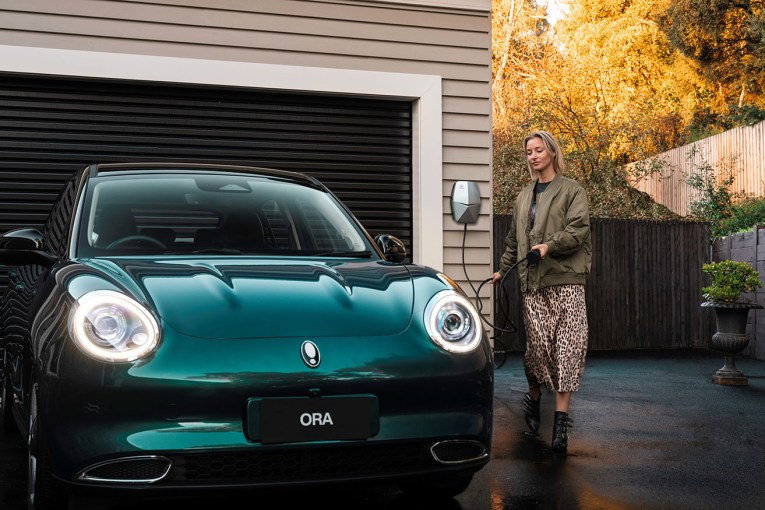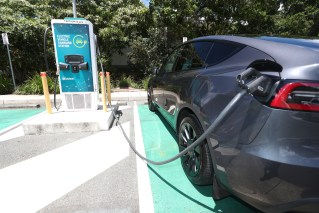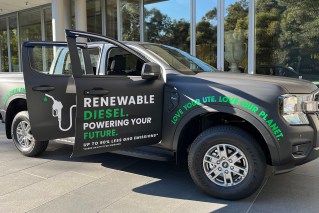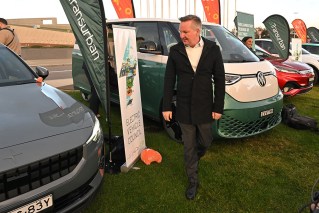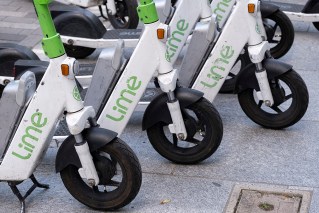We road test Australia’s cheapest electric car

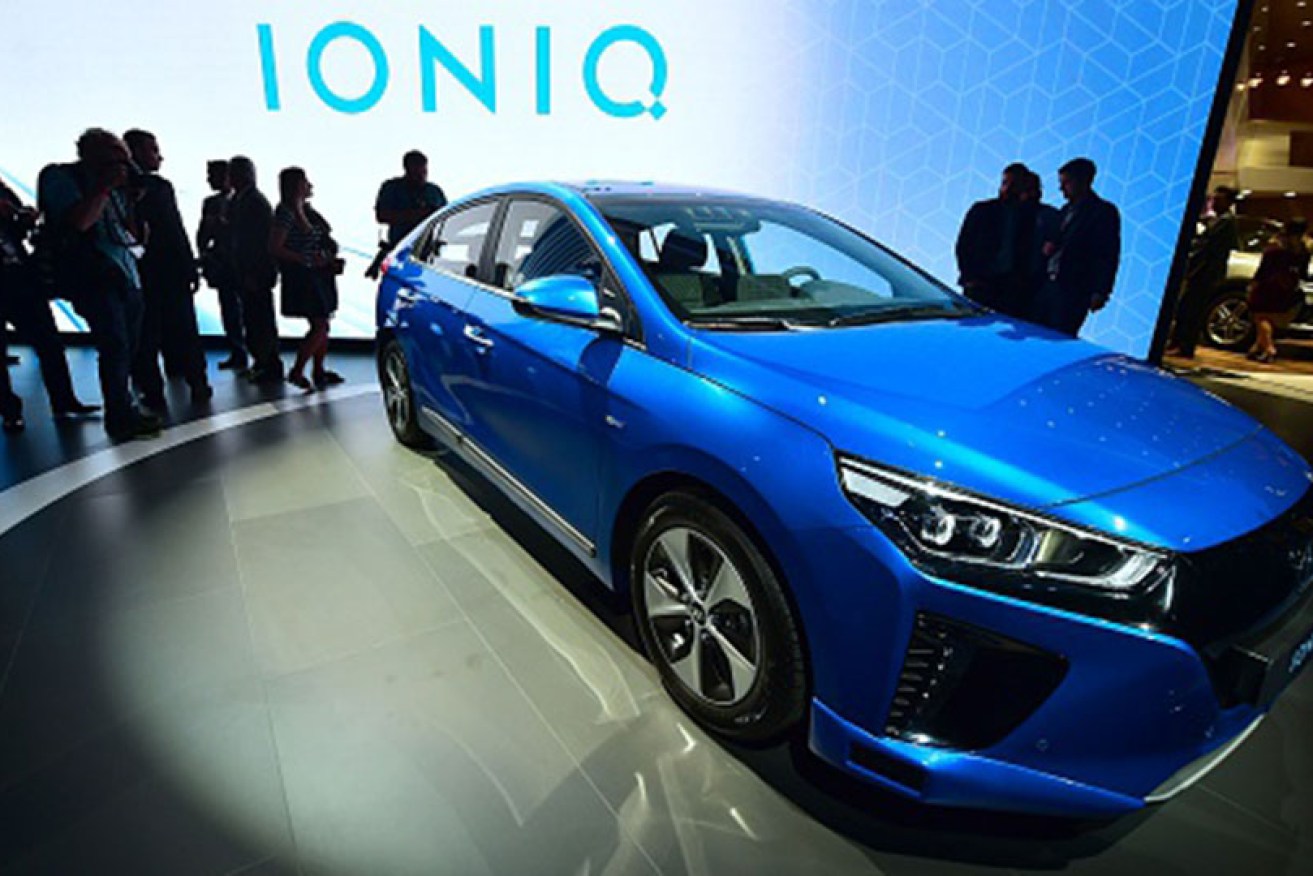
Hyundai's entry into the electric vehicle market is the Ioniq, a five-seat, five-door small car. Photo: Getty
Battery electric vehicles have been the preserve of early adopters, techno-geeks and the rich in Australia. They have simply failed to attract any interest from mainstream car buyers.
The Hyundai Ioniq may change all that. It enters the market at just under $45,000, giving it the title of the cheapest electric car available in the country.
What is it?
The Hyundai Ioniq electric is a five-seat five-door hatchback that’s about the same size as the immensely popular Mazda3. However, under the bonnet you’ll find an electric motor rather than a petrol engine, and under the boot there’s a storage battery rather than a petrol tank.
Why is it important?
The Ioniq is the most significant commitment made by a major automotive brand in Australia to battery electric vehicles. It’s the cheapest electric car you can buy and it’s backed up by a plug-in petrol-electric hybrid version, which is also the price leader in its segment.
To complete the range there’s a hybrid model that directly attacks – and undercuts on price – the Toyota Prius.

The interior of a left-hand drive Hyundai Ioniq. Photo: Getty
How much does the Ioniq cost?
The Ioniq electric is $44,990 in the elite grade. The premium is $48,990, both are plus on-road costs.
That’s not cheap, but considering most battery electric vehicles are coming from luxury manufacturers and cost more than $100,000, the Ioniq makes this technology available to a much wider group of buyers.
Ioniq has a five-year/unlimited kilometre warranty, an eight-year/160,000-kilometre battery warranty, and capped price servicing for all three models.
Service intervals are 12 months or 15,000 kilometres for all Ioniqs.
The battery electric vehicle costs just $160 a service out to 60 months, while both hybrids charge $265 for four of their five services and $465 at 48 months.
What does Ioniq get?
Elite equipment includes seven airbags, a suite of driver-assist systems including autonomous emergency braking, blind spot detection, lane keep assist and rear cross traffic alert; a reversing camera, satellite navigation, Apple CarPlay and Android Auto compatibility, and single-zone climate control.
The premium adds front park assist, LED headlights, a sunroof, leather seats and wireless smartphone charging.
There’s no room in the boot for a spare tyre. A five-star ANCAP rating is expected.

The Hyundai Ioniq could be a game-changer for the electric vehicle market. Photo: Getty
What do we like?
Going electric means no more tailpipe emissions. If you plug your Ioniq into a green power source, then your contribution to Australia’s carbon footprint is further reduced. On top of that, electricity is cheaper than petrol so you are saving money every time you recharge rather than refuel.
Electric motors have the wonderful trait of producing maximum pulling power from zero revs, so the Ioniq is terrific to drive in the cut and thrust of city and urban traffic. Without a petrol engine, the Ioniq is also hush quiet.
You also quickly get sucked into the hypermiling game, where you see how much electricity you can recharge into the battery with careful driving.
The Ioniq has been retuned for Australian roads so it drives with a nice balance of comfortable ride and secure handling.
What we don’t like
For all the hype about the improvements in range and recharging times for electric vehicles, it still takes a lot longer to refill a battery than a petrol tank. A fast charger can do it in about 20 minutes, but it is many hours plugged in at home.
It’s about 230 kilometres between refills, so it’s best to plan ahead, because you’ll be stuffed if you end up out of juice by the side of the road somewhere.

The downside to the Hyundai Ioniq is its long charging time. Photo: Getty
The Ioniq has a very sleek aerodynamic shape, but that costs passenger headroom in the rear seat. The boot would also be bigger if not for the storage battery.
Buy it or not?
Looked at without context, this is just an expensive small car with a short range and a slow refuelling system. On that basis it’s not a good buy.
But if you see the value in green motoring, can sort your recharging out so you’re not left with a flat battery and can perceive this as a cheap electric vehicle, then the Ioniq electric is worth serious consideration.
